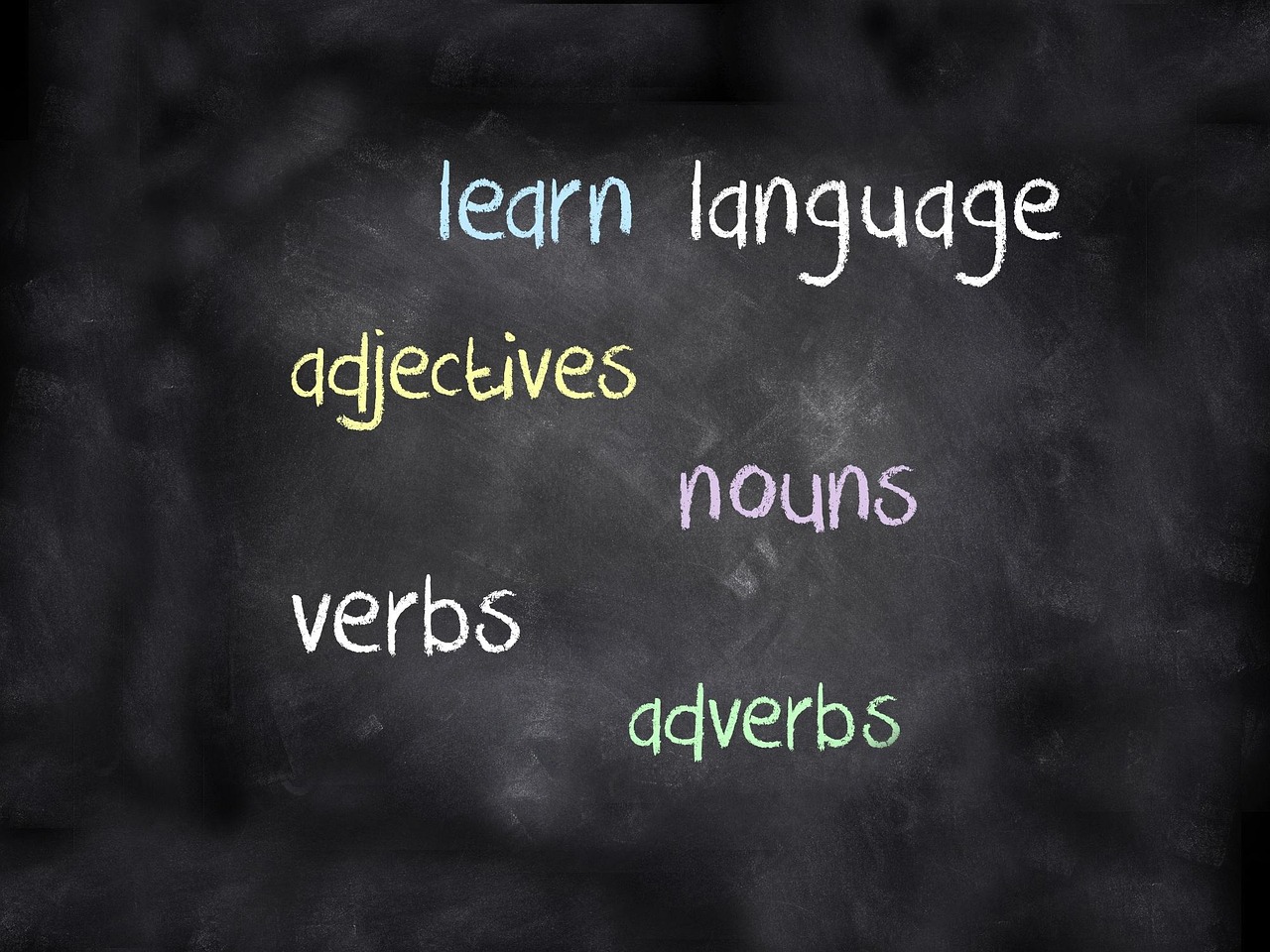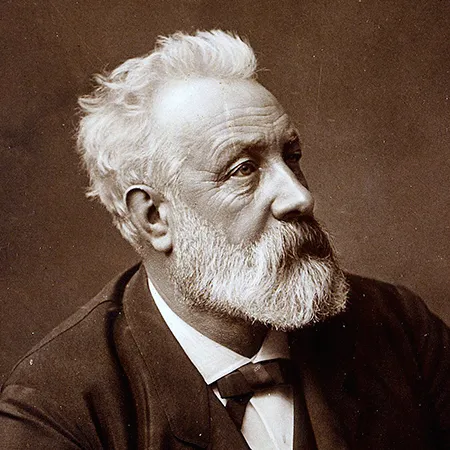Dear year 8 students, it is my pleasure that in our first meeting, we would be opening the ground with Oral English—although it would have been a lot more fun if we were starting with writing of some sort.
That said, I hope you receive this in good fate.
You see, Oral English is interesting and engaging, but it is okay if you think it is not; one man’s food is poison to another, the saying goes.
In addressing the topic we are faced with, it is important to note that both consonants /p/ and /b/ are bilabial (i.e, they are pronounced with the involvement of both lips).
When we make to articulate both sounds, there is a closure, or sometimes, near closure of the lips. See the figure below.

/p/ and /b/ are characteristically very similar—/m/ and /w/ are two other consonants synonymous with the aforementioned—except the sound /p/ is voiceless, while /b/ is voiced.
This voicing may be examined by placing a figure or two around the vocal cord when pronouncing each word.
One could as well cover one’s ear when making the pronunciation. Either way, you would realize easily that the consonant /p/ is voiceless while /b/ is voiced.
And you know what? This realization just goes to tell us that the sound /p/ is an aspirated stop/plosive (i.e, pronunciation with a pudd of air released after the voiceless stop—often at the beginning of a word).
On the other hand, /b/ is an unaspirated plosive (articulation without noticeable release of air).
Some examples of words with both consonants:
/p/
Pot
Put
Pamper
Pipe
Plate
Mopping
Shampoo
Plank
Trap
Peace
Pork
Pick
Pond
Clap
/b/
Bind
Ban
Book
Bulk
Building
Broad
Bump
Back
Blue
Shrub
Black
Buy
By
Bye







Leave a Reply
You must be logged in to post a comment.